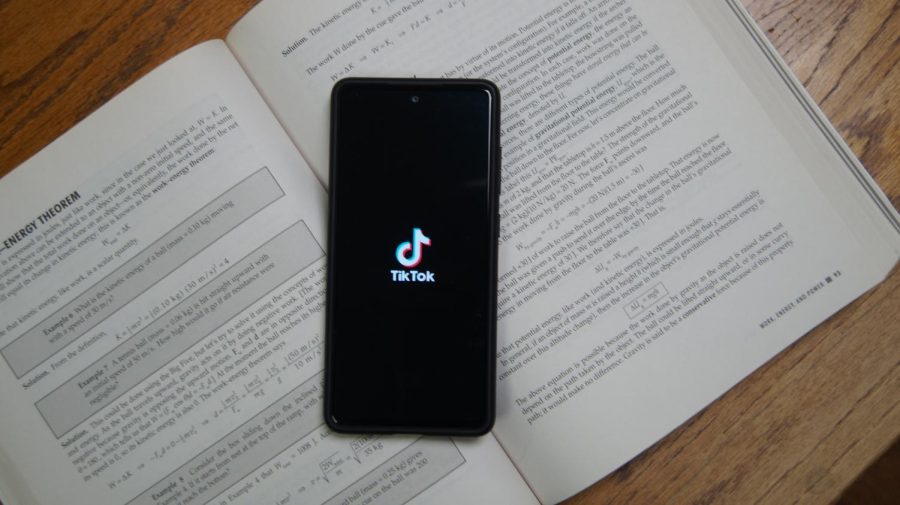Short form content erodes attention spans
TikTok and other short form content is on the rise, but many people have concerns about the effects on users’ attention span. According to 2021 studies conducted by Microsoft, in recent years the average attention span has dwindled from twelve seconds in 2000 to a measly eight seconds. Rolla High School teachers have been hit hard trying to adapt, resorting to shortening or scrapping whole lessons because students have been unable to focus on doing them.
“I do feel, just based on observational evidence, that many students’ attention spans are also short form, that they’re much, much shorter than they were in previous years, previous generations,” said social studies teacher Samantha Kaysinger.
Kaysinger is not the only one who has noticed a decline in attention span; even some students have admitted to noticing that they are losing their ability to focus on longer content. Freshman Anna Dunstedter reflects on how it has personally affected her.
“[Short form content] definitely took a toll on me. Watching like five to ten-second videos has really changed my attention span. I mean, I used to be able to watch YouTube videos and sit down for twenty minutes at a time and really understand what was happening,” said Dunstedter.
Despite students and teachers acknowledging the problem, some believe that less has been done to properly address it than is required.
“There is a heightened need of students to have things that are instantaneous, like feedback…But I also feel like there’s a lot of distraction that comes from [short form content]. So, when we’re supposed to be on task with things, people are distracted looking at this because they think it’s not a big deal because it’s very short,” said Kaysinger.
Traditional teaching methods can be at odds with student expectations. Research shows that the more time that a student will spend on social media and short form content apps, the more likely they are to be distracted during class.
“Students want more entertainment-style or oriented teaching. They want their real life situations to mimic that type of content,” stated Kaysinger.
Some students feel as if teachers and administrators haven’t done enough to help kids properly focus.
“They definitely need to step it up. I feel like there can be alternative ways of learning that will more effectively keep students paying attention and really understanding the information,” said Dunstedter.
Though Tiktok has its problems, it also has several proven benefits as much as it has detriments.
“They’re definitely entertaining and they serve a purpose but I do feel like there is not balance right now that people consume, you know, a lot of. So that becomes kind of ingrained in our everyday experiences and expectations,” said Kaysinger.
A lot of people share the sentiment of good in moderation, and that’s one of the biggest problems with short form content. It’s easily proven to get users hooked, and it can have adverse effects on one’s perception of reality.
“The way I express myself, there’s micro labels for everything. It really goes into depth with the algorithms…and really, it’s specified to appeal to certain audiences. So [targeted content] really changed society as a whole. I mean, considering how popular [short form content] is, and the entire fan base, it’s really taken a toll on us as people,” said Dunstedter.
Hey, I’m Keegan, but just call me Bread. I'm a junior and this is my first and a half year at ECHO as a staff reporter. I enjoy writing, listening to...

Salut! I’m Lucas and this is my first year on ECHO staff. I’m currently a Junior, and I’m in Band and Tennis. I like music, photography, and camping....








